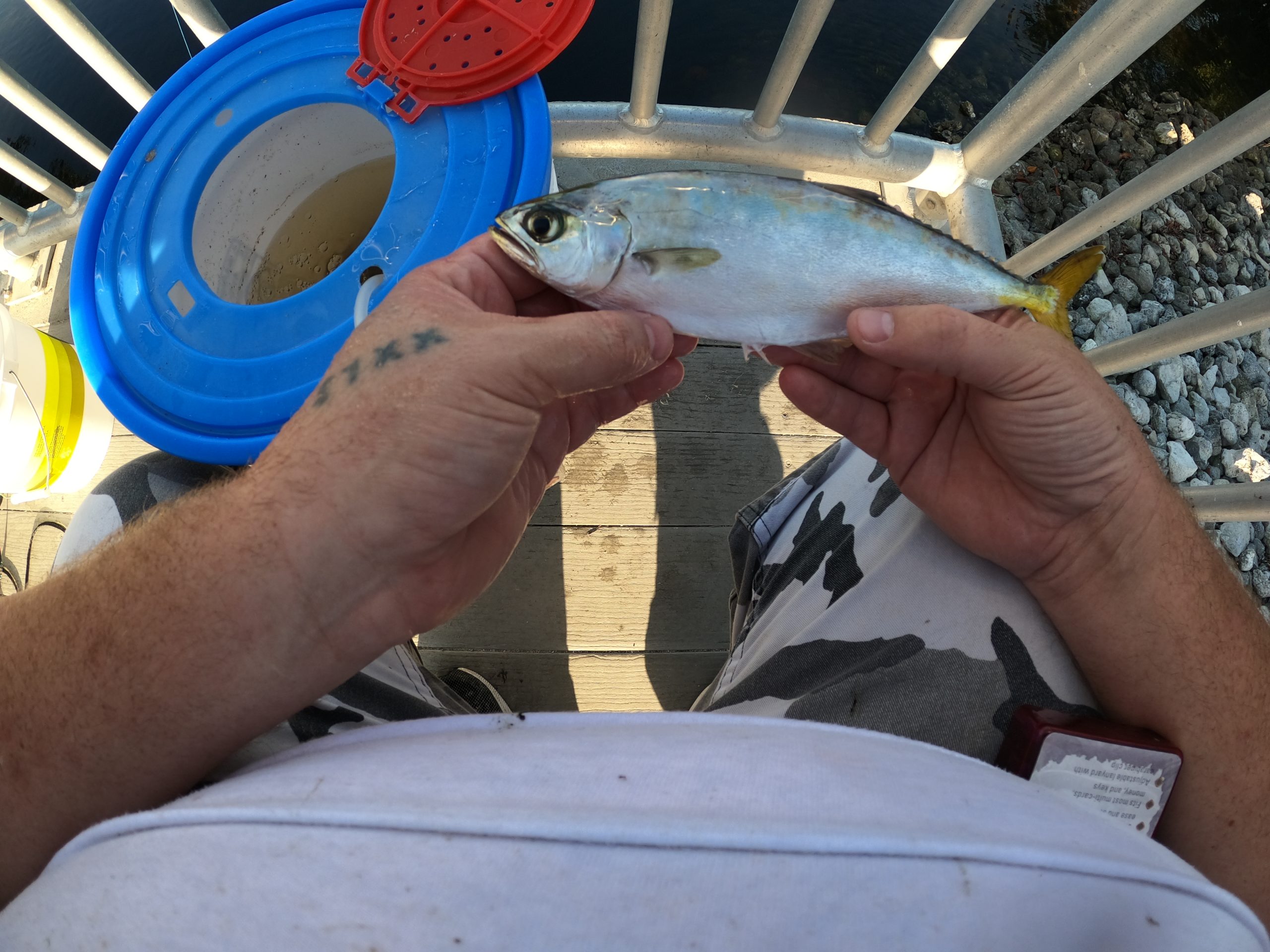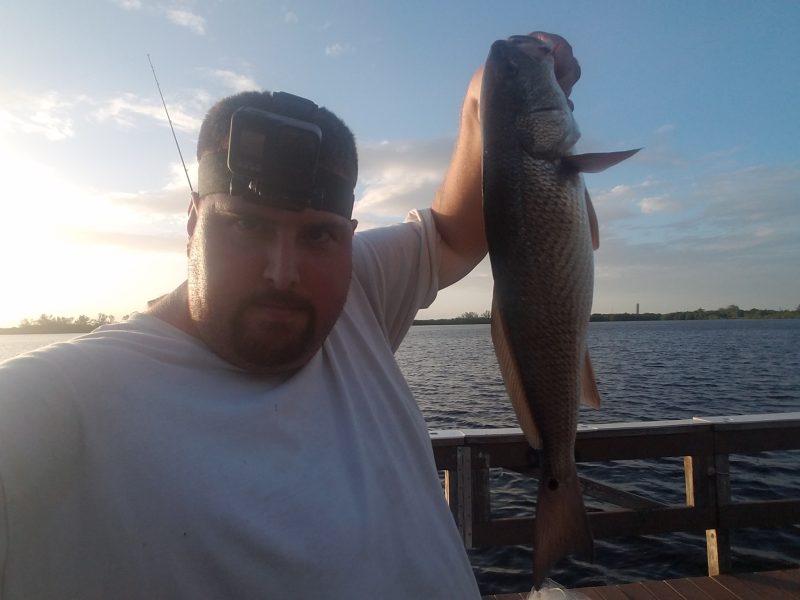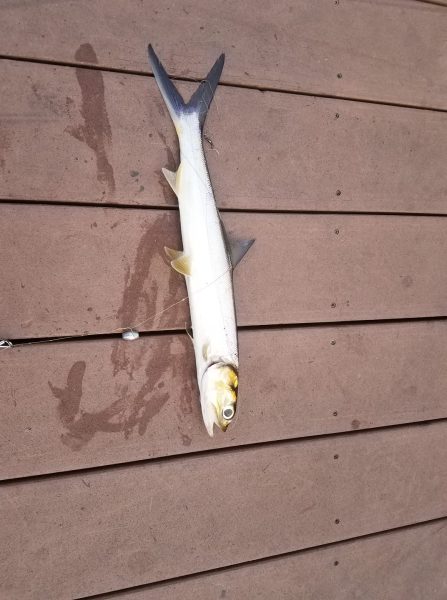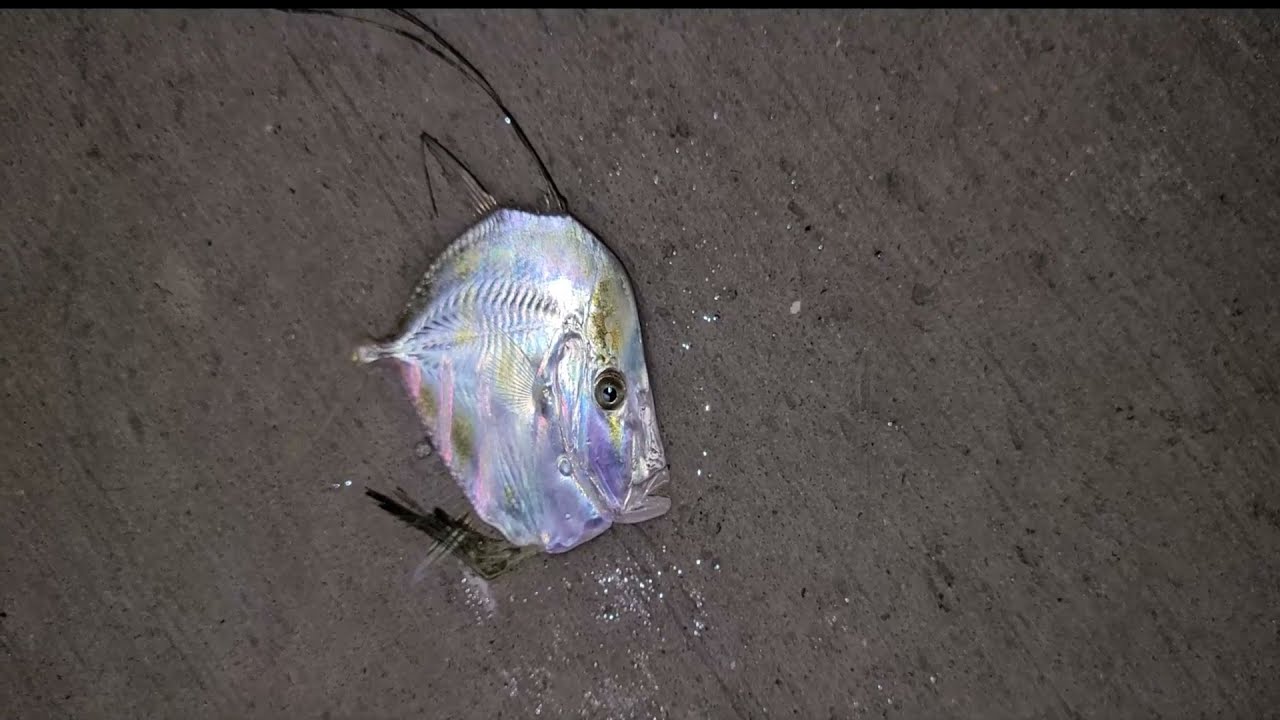Spotted Seatrout Identification
Spotted Seatrout Key Characteristics for Identification
When attempting to identify a Spotted Seatrout, here are several key characteristics to look for:
- Body Shape: Spotted Seatrout have a long, slender body and a pointed snout.
- Coloration: The upper body is usually olive-green or bluish-green, while the underside is silvery or white.
- Spots: The most distinguishing feature is the black spots that are typically found on the upper half of the body and on the dorsal fins, which can vary in number.
- Fins: They are equipped with two dorsal fins, the first of which is more prominent and armed with spines, while the second is less harsh and does not have any spines.
- Size: Adult Spotted Seatrout can grow to be 25 to 30 inches long and weigh 5 to 10 pounds, though larger specimens are frequently caught.
Distinguishing Features
In comparison to other species of the same kind, the following are some distinguishing characteristics:
- Jaw Location: When compared to the lower jaw, the upper jaw of the Spotted Seatrout is longer. During the time that the mouth is closed, this characteristic is noticeable.
- Barbels: They do not have barbels (whisker-like sensory organs), which helps differentiate them from other drum species.
- Pectoral Fin: Their pectoral fins are long and slender, contributing to their streamlined appearance.
- Overall Shape: They are able to swim with agility because they have a shape that is generally streamlined.
Sources:
Rule and regulation regarding the spotted seatrout
Share this content:





